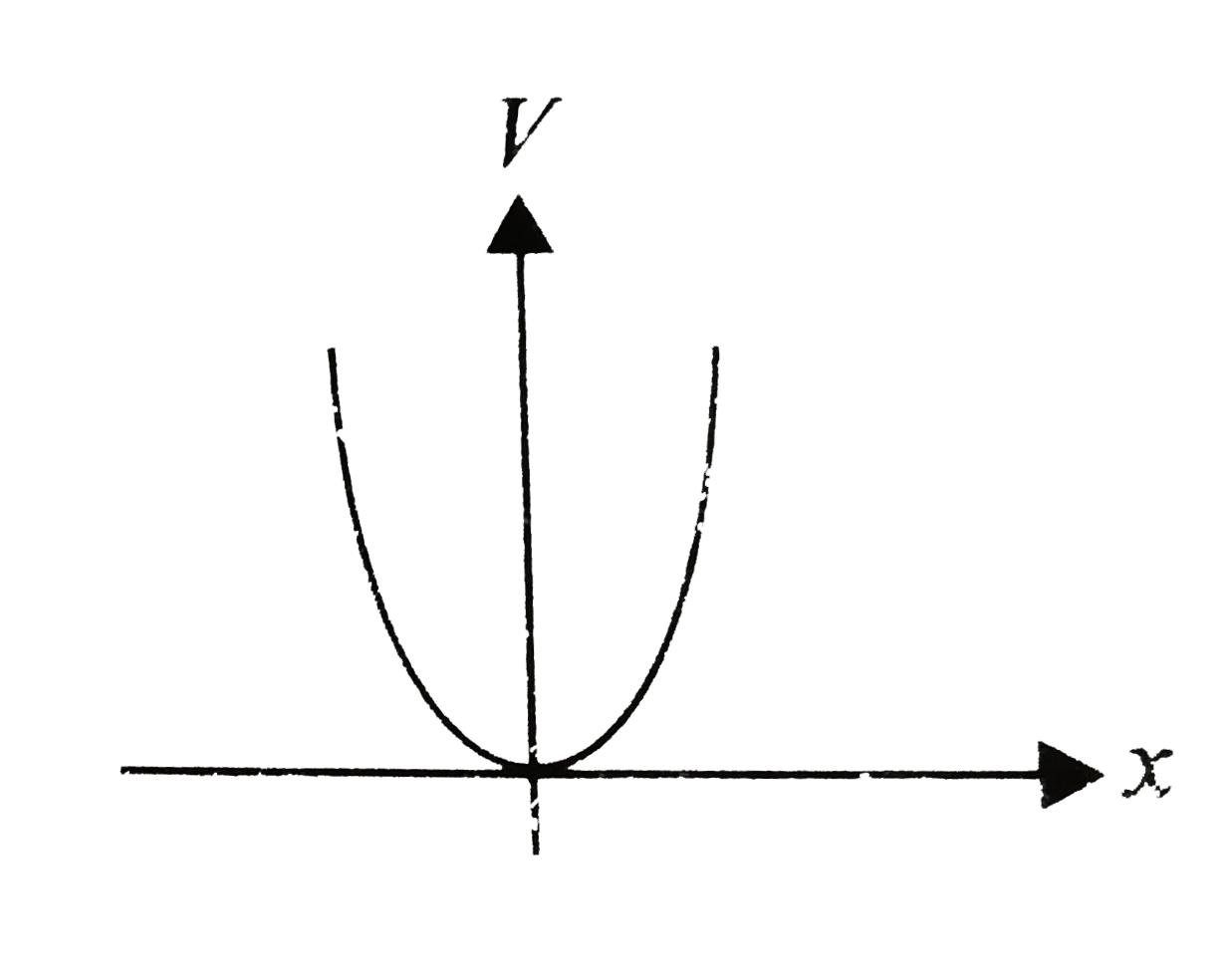Find out →E at x = 4 if the potential at a point x due to some charges situated on x-axis is v(x)=20(x2−4)V:
910V/μm
1812V/μm
80120V/μm
109V/μm
To find the electric field →E at x=4 due to the given potential V(x)=20x2−4, we will use the relationship between electric field and electric potential. The electric field →E is related to the electric potential V by the equation:
→E=−dVdx
Step 1: Differentiate the potential function
We need to differentiate the potential function V(x) with respect to x:
V(x)=20x2−4
Using the quotient rule for differentiation, where if V(x)=f(x)g(x), then:
dVdx=f′(x)g(x)−f(x)g′(x)(g(x))2
Here, f(x)=20 and g(x)=x2−4.
Step 2: Calculate f′(x) and g′(x)
- f′(x)=0 (since the derivative of a constant is zero)
- g′(x)=2x
Step 3: Apply the quotient rule
Now substituting into the quotient rule:
dVdx=0⋅(x2−4)−20⋅(2x)(x2−4)2
This simplifies to:
dVdx=−40x(x2−4)2
Step 4: Find →E
Now substituting this into the equation for electric field:
→E=−dVdx=−(−40x(x2−4)2)=40x(x2−4)2
Step 5: Evaluate →E at x=4
Now we substitute x=4:
→E(4)=40⋅4(42−4)2=160(16−4)2=160122=160144=109N/C
Final Answer
Thus, the electric field →E at x=4 is:
→E=109N/C
---
- g′(x)=2x
Topper's Solved these Questions
- BOOK - EDUCART PUBLICATIONCHAPTER - SAMPLE PAPER 9 EXERCISE - SECTION - C3videos
SAMPLE PAPER 9
- BOOK - EDUCART PUBLICATIONCHAPTER - SAMPLE PAPER 9 EXERCISE - SECTION - C3videos
SAMPLE PAPER 9
- BOOK - EDUCART PUBLICATIONCHAPTER - SAMPLE PAPER 7EXERCISE - SECTION-C6videos
SAMPLE PAPER 7
- BOOK - EDUCART PUBLICATIONCHAPTER - SAMPLE PAPER SELF- ASSESSMENT -(10)EXERCISE - SECTION-B17videos
SAMPLE PAPER SELF- ASSESSMENT -(10)
Similar Questions
Knowledge Check
- Question 1 - Select One
The potential at a point x ( measured in μ m) due to some charges situated on the x-axis is given by
V(x)=20/(x2−4)voltA(a) (10/9)volt/μm and in the +ve x directionB(b) (5/3)volt/μm and in the −ve x directionC(c) (5/3)volt/μm and in the +ve x directionD(d) (10/9)volt/μm and in the −ve x direction - Question 2 - Select One
The potential at a point distant x (mesured in μm ) due to some charges situated on the x-axis is given by V(x)=20x2−4 V. The electric field at x=4μm is given by
A53Vμm−1 and in positive x directionB109Vμm−1 and in negative x directionC109Vμm−1 and in positive x directionD53Vμm−1 and in negative x direction. - Question 3 - Select One
A charge +q is fixed at each of the points x=x0, x=3x0, x=5x0,…………x=∞ on the x axis, and a charge −q is fixed at each of the points x=2x0, x=4x0, x=6x0, …………x=∞. Here x0 is a positive constant. Take the electric potential at a point due to a charge Q at a distance r from it to be Q/(4πε0r).Then, the potential at the origin due to the above system of
A(a) 0B(b) q8πε0x0ln2C(c) ∞D(d) qln24πε0x0
A cube of side 20 cm is kept in a region as shown in the figure. An electric field →E exists in the region such that the potential at a point is given by V=10x+5, where V is in volt and x is in m.

Find the
(i) electric field →E, and
(ii) total electric flux through the cube.View SolutionFind the point on the curve y=2x2−6x−4 at which the tangent is parallel to the x-axis
View Solution[" An infinite number of "],[" charges each equal "],[" to 'q' are placed "],[" along the x-axis at "],[x=1,x=2,x=4,x=8......],[" The potential at the "],[" point "x=0" due to this "],[" set of charges is "]
View SolutionThe electrostatic potential V at any point (x, y, z) in space is given by V=4x2
View SolutionWe know that electric field (E ) at any point in space can be calculated using the relation
→E=−δVδxˆi−δVδyˆj−δVδzˆk

if we know the variation of potential (V) at that point. Now let the electric potential in volt along the x-axis vary as V=2x2, where x is in meter. Its variation is as shown in figure
Draw the variation of electric field (E ) along the x-axis.View Solution

